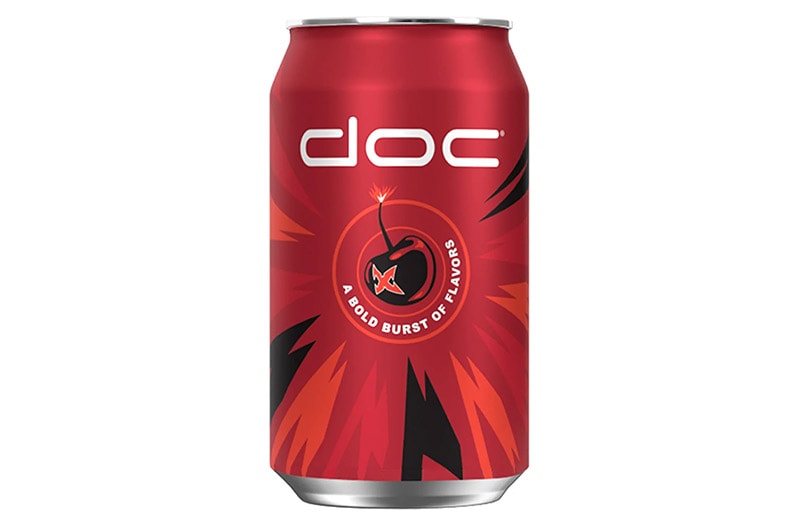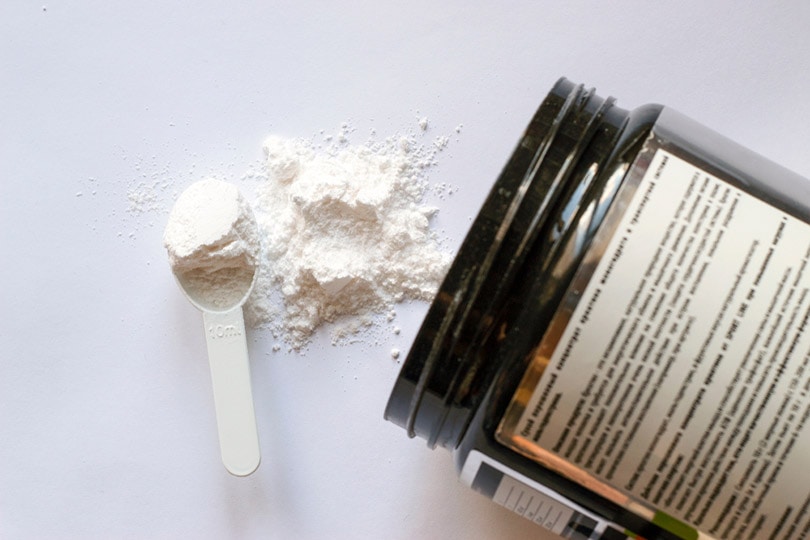
Caffeine is part of our lives. This naturally occurring stimulant is found in several of the foods and drinks we enjoy daily. It can provide us with a boost of energy when we need it, and mental clarity, and is a great way to wake up when you’re feeling tired.
Unfortunately, like with so many things we love, excess is possible. Many products have hit the market over the years featuring caffeine that can easily be considered dangerous. Let’s take a look at the 10 most dangerous caffeinated products out there so you know what you are getting into if you choose to use these caffeine powerhouses.

The 10 Most Dangerous Caffeinated Products:
1. Pure Caffeine Powder
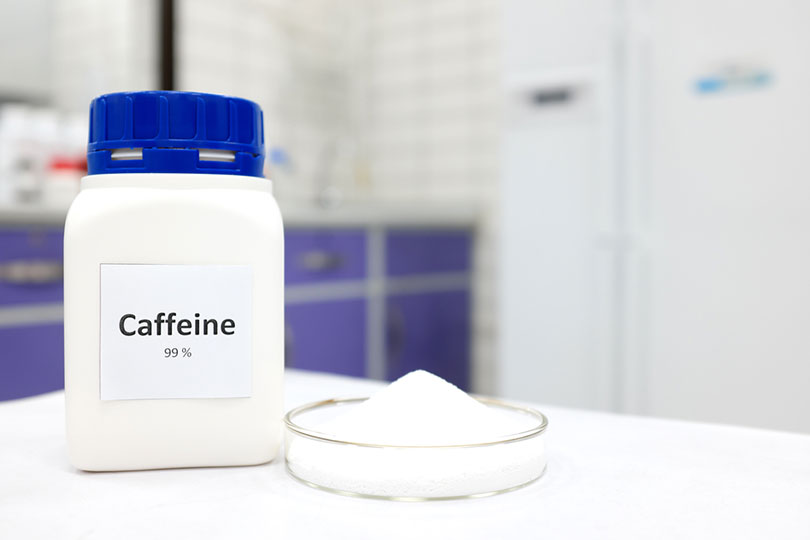
| Serving Size: | 1 teaspoon |
| Caffeine Amount: | 4706 mg |
Caffeine powder is easily the most dangerous caffeinated product available. Many warnings were issued by the FDA recommending people to stay away from this powder and any company selling it.
In 2018, they issued a ban on caffeine powder being sold in bulk. The country of Australia followed suit and banned caffeine powder from being sold to the public in 2019. Unfortunately, 2 deaths have been reported as a result of this powder with a mere 2 teaspoons being the culprit.
2. Pure Liquid Caffeine
https://www.instagram.com/p/BMjQLJUASZM/
| Serving Size: | 1 fluid ounce |
| Caffeine Amount: | 500 mg |
When liquid caffeine hit the market, its intent was to be added to any beverage and transform it into an energy drink. Unfortunately, without proper measuring, or accidental mishaps, this caffeinated product can become quite dangerous. In most situations, liquid caffeine is sold in jugs of random sizes.
The smallest of these is a 16-fluid-ounce container with an overall caffeine amount of 8,000 mg. To help aid in the fight against unintended overdose with liquid caffeine the FDA has stepped in and banned the sale of this product to consumers.
3. Pre-Workout Supplements
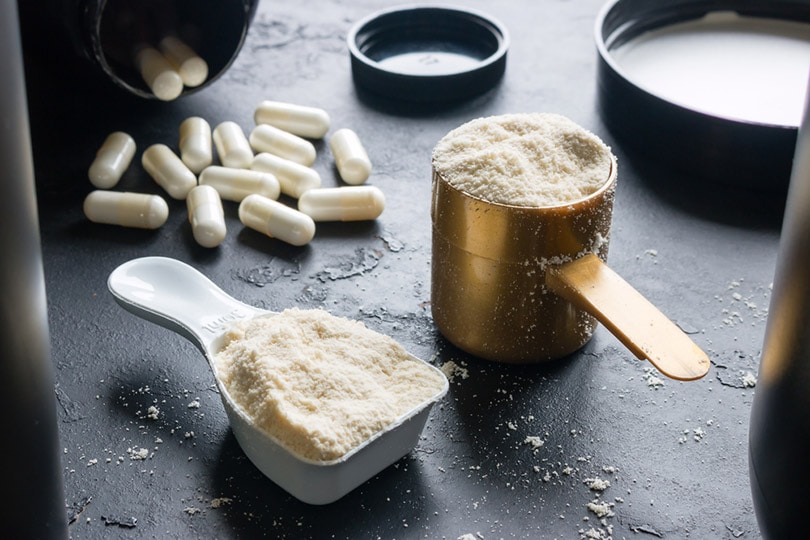
| Serving Size (Mr. Hyde): | 1 scoop |
| Caffeine Amount: | 375 mg |
While having the energy to work out may be important, the pre-workout supplements many people turn to for assistance can be dangerous. Unfortunately, when it comes to these supplements, caffeine is the main ingredient and there is quite a large amount hiding inside.
One popular brand, Mr. Hyde Nitro can feature 375 mg of caffeine in one scoop of their supplement. This amount is with exact measuring. People who work out daily can become accustomed to the caffeine in these products and use them more often than recommended. That is where the true danger of pre-workout supplements comes into play.
4. Caffeine Pills

| Serving Size: | 1 pill |
| Caffeine Amount: | 200 mg |
Caffeine pills are a go-to for people who aren’t fans of coffee and energy drinks but still want the boost of energy caffeine provides. Considering they are sold in a bottle, with several doses available, they can also be considered more affordable than a trip to your local coffee shop.
Unfortunately, the effects of these pills aren’t very long-lasting. This is why people can easily ingest too many. Once the effect wears off, popping another pill can help you stay motivated throughout the day. In no time, you can ingest too much caffeine and venture into dangerous overdose territory.
5. Caffeine Vaping

| Serving Size: | 1 puff |
| Caffeine Amount: | 2 mg |
Yes, 2 mg of caffeine doesn’t seem like a lot, but when it comes to caffeine vaping, it isn’t the amount of caffeine you receive per puff, it’s the number of puffs you may take without even realizing it. When using a vape as your way of getting caffeine while you study or work, it is difficult to keep track of how much you’ve inhaled. This can lead to dangerous levels of caffeine in your system especially when it is mixed with other caffeinated products such as coffee, energy drinks, sodas, or even chocolate.
See also: Nicotine vs. Coffee: Which Is Worse for You?
6. Weight Loss Pills

| Serving Size (Hydroxycut Max): | 1 pill |
| Caffeine Amount: | 225 mg |
Weight loss pills have been used by many people who hope to shed a few pounds. In the earlier days of these pills, true stimulants were used to help make them effective but were linked to stroke and other health issues. Now, it is quite common to find these diet pills to be loaded with caffeine to help boost a person’s metabolism. The danger comes into play by the recommended dosages and how often people are expected to take these weight loss pills.
7. Energy Shots
https://www.instagram.com/p/Cd8t-NHsvjJ/
| Serving Size: | 1 fluid ounce |
| Caffeine Amount: | 200 mg |
Energy shots quickly became all the rage due to the speed at which you could drink them and reap the benefits of the caffeine they provide. Unlike drinking coffee, or even a larger energy drink, you’re unable to pace yourself and your body receives this caffeine kick all at once. With the small size of the bottle, it is not unusual for people to drink several of these a day and quickly intake more caffeine than is recommended.
8. Strong Coffee
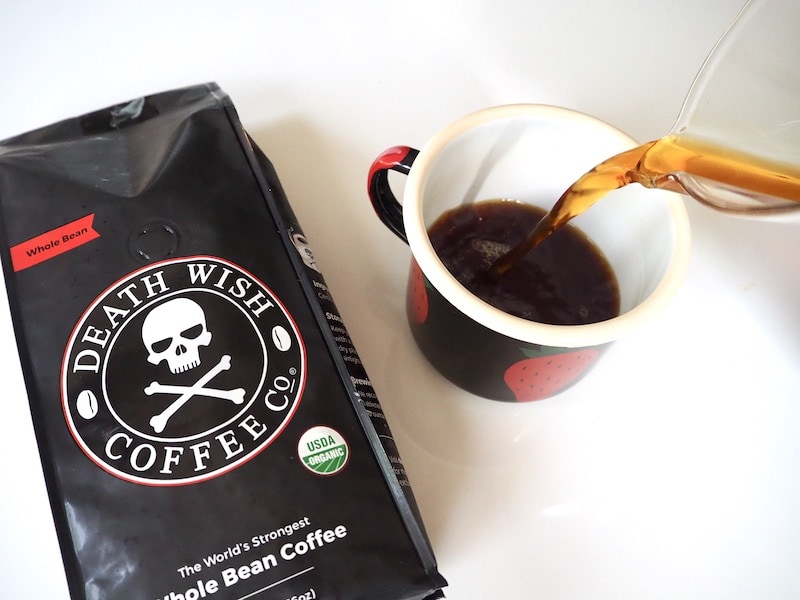
| Serving Size (Black Insomnia): | 12 fluid ounces |
| Caffeine Amount: | 1105 mg |
Coffee has always been considered the go-to when it comes to getting a caffeine boost. Whether you’re a morning drinker or someone who enjoys coffee all day long, the energy and clarity it provides can be quite addicting.
Recently, however, coffee brands have emerged that supply far more caffeine in a cup than a traditional cup of Folgers. Coffees like Black Insomnia promise consumers mega-doses of caffeine per cup to keep them energized throughout the day. If you consume one cup of this coffee, you’ve already maxed out the daily recommended caffeine intake suggested by the FDA.
9. Cold Brew Coffee
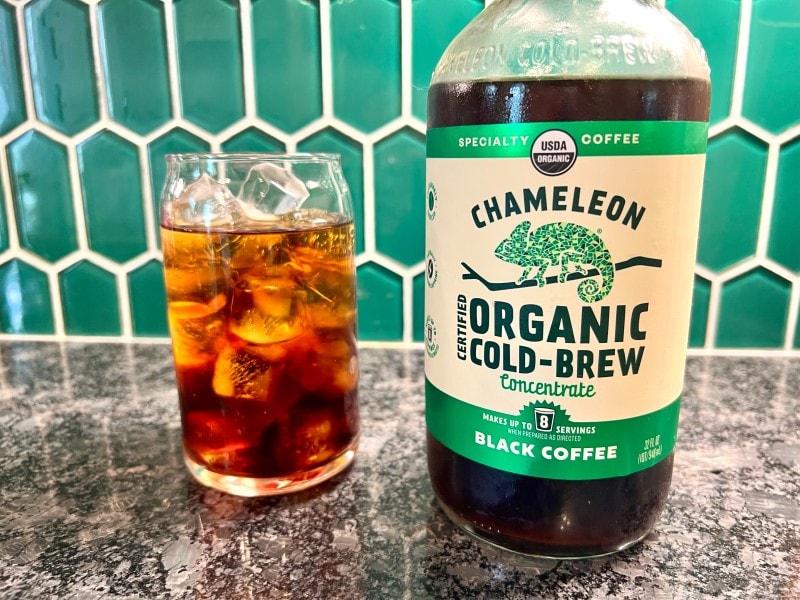
| Bottle Size (Chameleon): | 32-fluid ounce bottle |
| Caffeine Amount: | 1109 mg |
Cold brew coffee is an amazing way to enjoy coffee and its benefits on a hot summer day. Normally, cold brew features roughly 20% more caffeine than hot coffee. With the ease of drinking a cold brew and the enjoyable taste, it can become easy to consume more than you should in a single day. Certain cold brews, like Chameleon Cold Brew, come in large bottles that are packed with caffeine. Using caution when enjoying these drinks is suggested.
10. Energy Drinks
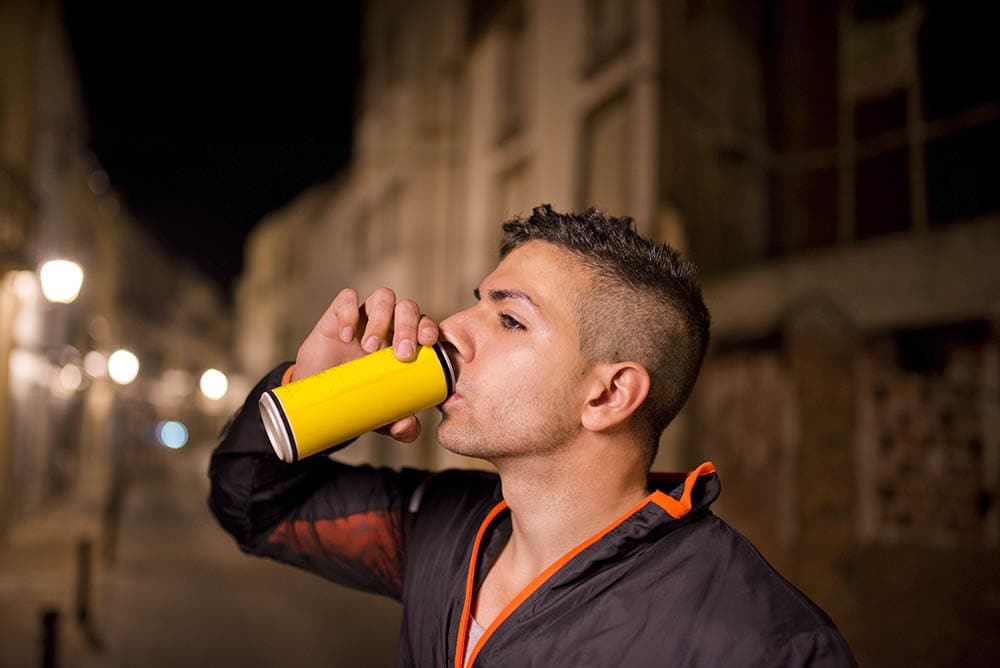
| Serving Size (Bang Energy): | 16 fluid ounce can |
| Caffeine Amount: | 300 mg |
People have a love/hate relationship with energy drinks. Some love the taste and would prefer having them over brewed coffee, others simply can’t stand the sweetness in the can. No matter your opinion on energy drinks, one thing is for sure, they pack a powerful punch when it comes to caffeine per can.
Bang Energy is one well-known energy drink brand that features multiple flavors people enjoy. Unfortunately, it’s not recommended for an adult to have more than a can and a half of this drink per day due to the high caffeine levels. Energy drinks are also best left out of the hands of teens and children.

The Dangers of Caffeine
While we’ve mentioned the daily recommended caffeine amount of 400 mg per day above, it’s important to understand the dangers associated with ingesting too much caffeine. Some of the products mentioned on this list such as pure caffeine powder and liquid, supplements featuring caffeine, and caffeine pills can be extremely dangerous if caution isn’t exercised. While it may happen rarely, these products can kill healthy adults due to the high levels of caffeine inside.
When going throughout your day, it is important to monitor the caffeine you’re taking into your body. While you may have built your caffeine tolerance up over the years and can easily handle more than 400 mg of caffeine per day, you should still know the signs of too much.
Let’s take a look at the warning signs that you’ve consumed too much caffeine. If you experience these symptoms, back away from the caffeine and give your system time to rid itself of what you’ve consumed.
- Jitteriness
- Insomnia
- Rapid heart rate
- High blood pressure
- Diarrhea
- Headache
- Irritability
- Nausea

Conclusion
As you can see, not every product on the market is considered safe when it comes to caffeine. While we all understand the need to enjoy a bit of caffeine throughout the day, proceeding with caution is your best bet. Have your cup of coffee or enjoy your energy drink when you’re feeling low on energy. Always remember, however, that there are safer alternatives than going for the overly caffeine-packed options on the market.
Featured Image Credit: M.Photografer, Shutterstock




